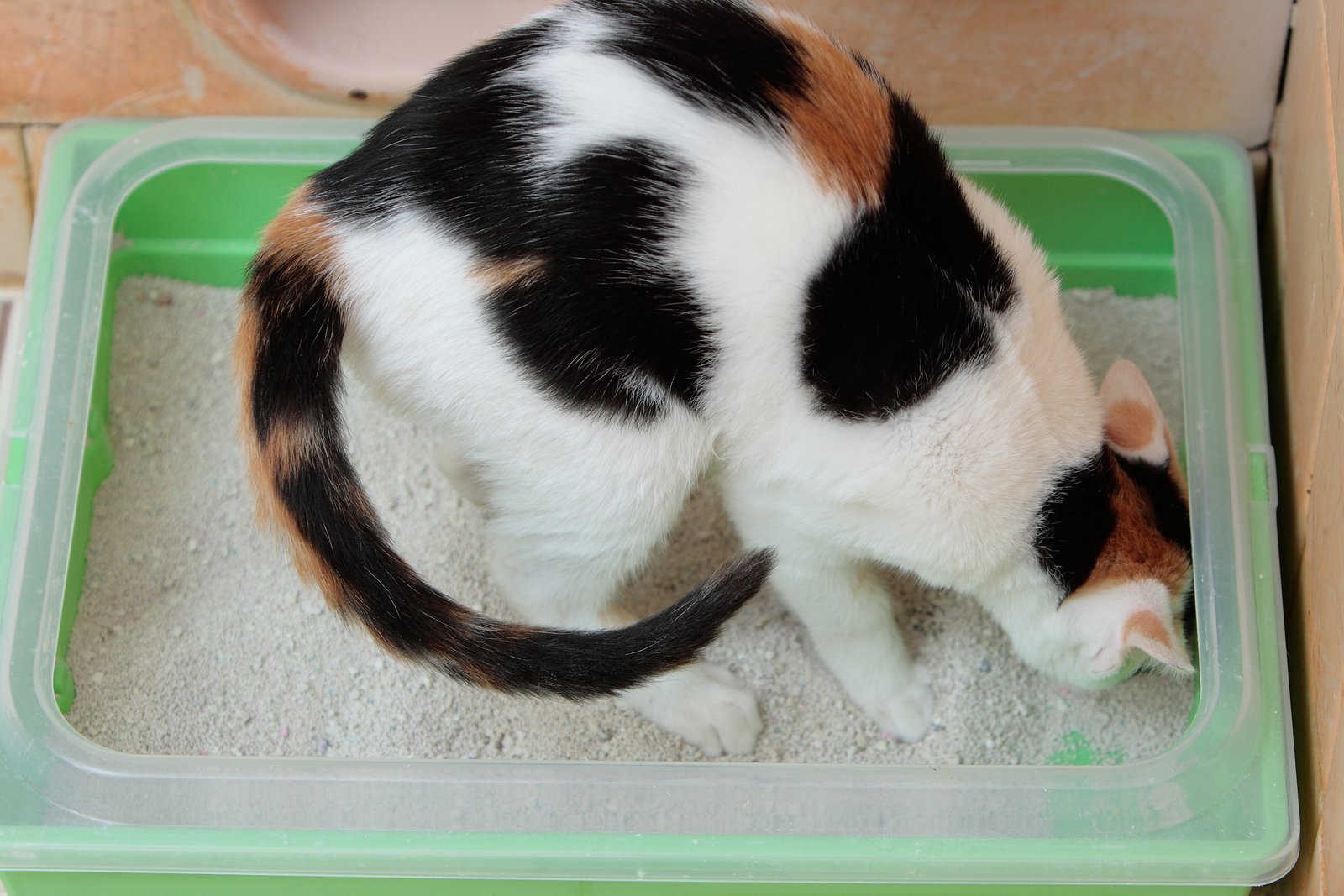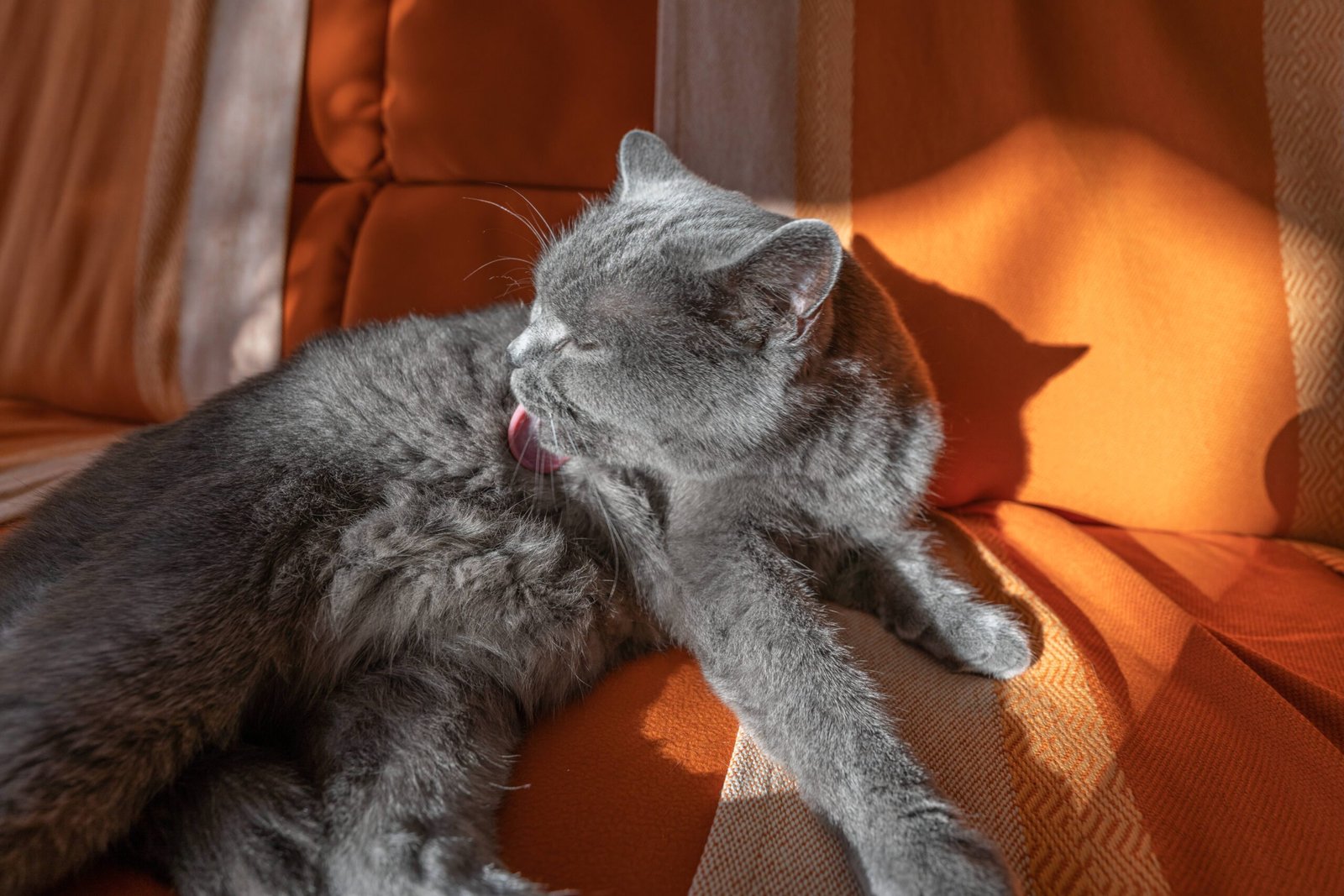Have you ever watched your beloved cat suddenly lose interest in her food or curl up in an odd position, and wondered what was wrong? It’s a heart-wrenching feeling for any cat lover to see their feline friend in discomfort, especially when they can’t tell you what hurts. Stomach pain in cats can be surprisingly subtle, and our whiskered companions are experts at hiding their pain. Recognizing the signs early could mean catching a serious problem before it becomes an emergency. Let’s uncover the eight most telling symptoms of stomach pain in cats, so you can keep your furry friend safe, happy, and healthy.
Loss of Appetite
Cats are masters at hiding discomfort, which makes spotting signs of stomach pain particularly challenging for even the most attentive pet owners. Whether caused by a minor dietary issue or a more serious underlying condition, stomach pain in cats often manifests through subtle behavioral or physical changes. Understanding what to look for—before a simple upset turns into a trip to the vet—can make all the difference.
One of the first signs that something isn’t right with your cat’s stomach is a sudden loss of appetite. Cats are creatures of habit, and most have meal routines they follow religiously. When your cat turns up her nose at her favorite food or skips meals altogether, it’s a signal that should never be ignored. This change could be as subtle as eating less than usual, or as obvious as refusing food entirely. Sometimes, cats may even show interest in food but walk away after sniffing it. A decrease in appetite doesn’t always mean a serious problem, but if it lasts for more than a day, it’s a clear warning sign that your cat might be experiencing stomach pain or discomfort.
Vomiting
Vomiting is another unmistakable red flag when it comes to stomach issues in cats. While an occasional hairball is normal, frequent vomiting or bringing up undigested food means something else is going on. If your cat is vomiting more than once in a day, or if you notice blood, foam, or strange colors in the vomit, it’s time to take action. Vomiting can quickly lead to dehydration, which is dangerous for cats. Sometimes, cats may try to hide after vomiting, making it hard to notice unless you keep a close eye on them. Consistent vomiting should always be checked by a veterinarian, as it can point to anything from mild gastritis to a life-threatening blockage.
Lethargy and Low Energy
Cats love their naps, but if your usually playful kitty seems uninterested in toys or isn’t greeting you at the door like she used to, she might be feeling unwell. Lethargy—also known as a lack of energy—can be a sign that your cat’s stomach is bothering her. You might see her hiding more, moving slowly, or simply lying in one spot for hours on end. This lack of activity isn’t just about being tired; it’s a cat’s way of coping with pain. Lethargy can also mean she’s trying to conserve energy to heal herself. If you notice your cat’s energy levels have dropped, especially alongside other symptoms, stomach pain could be the culprit.
Unusual Posture or Hiding
When cats experience stomach pain, they often change the way they sit or lie down. You might see your cat crouched with her belly close to the floor, or with her back arched higher than usual. Some cats will even stretch out flat, as if trying to relieve pressure in their abdomen. Others may hide under beds, in closets, or behind furniture, seeking out dark, quiet places where they feel safer. These changes in posture or behavior are a cat’s way of protecting herself when she feels vulnerable. Cats instinctively hide pain to avoid looking weak, so pay close attention to any unusual positions or hiding spots.
Diarrhea or Changes in Stool

Stomach pain often brings digestive troubles, and diarrhea is a clear symptom to watch for. If your cat’s litter box reveals loose, watery, or unusually frequent stools, her stomach might be upset. Sometimes, the stool may have mucus or blood, which is even more concerning. Changes in stool can be caused by anything from stress and a sudden diet change to infections or more serious illnesses. It’s important to remember that even a single bout of diarrhea in cats, especially if it’s accompanied by other symptoms, should not be ignored. Keep an eye on the litter box for any irregularities—it’s one of the best windows into your cat’s health.
Excessive Meowing or Vocalization
Most cats are not overly vocal about their pain, but some will become more talkative when they’re uncomfortable. If your normally quiet kitty begins to meow, yowl, or cry out more than usual, especially when picked up or touched around her belly, it could be a desperate attempt to tell you she’s in pain. These vocalizations may be soft and pitiful or loud and persistent. Listen for any changes in your cat’s normal sounds or patterns; these can be important clues. Cats communicate in subtle ways, and an increase in vocalization is often their way of saying, “Something is wrong.”
Swollen or Tender Abdomen
A swollen or tender belly is a physical sign that’s hard to ignore. Gently feel your cat’s abdomen—if she flinches, growls, or tries to get away, it could mean her stomach is hurting. Sometimes you might actually see visible swelling, which can be alarming. This can be caused by gas, constipation, or fluid buildup, but it can also point to more serious issues like organ problems or internal bleeding. Never squeeze or press hard on your cat’s belly if you suspect pain; this can make things worse. Instead, note the swelling and tenderness, and contact your vet for advice right away.
Excessive Licking of the Belly

Cats use grooming not only to stay clean but also as a way to soothe themselves. If you notice your cat constantly licking or biting at her lower belly, it could be a sign she’s trying to cope with discomfort. This behavior is often overlooked, brushed off as normal grooming, but when it becomes obsessive or focused on one area, it’s a clue that something is wrong underneath the fur. Over time, this can even lead to hair loss or irritated skin on the belly. If your cat’s grooming habits suddenly change, pay attention—it could be her way of showing you she’s in pain.
Being able to recognize the subtle signs of stomach pain in cats is key to ensuring their long-term health and comfort. From changes in appetite to unusual postures or behavior, these symptoms often speak volumes—even when your cat can’t. By staying attentive and acting quickly when something seems off, you can catch potential problems early and provide the care your feline companion needs. Whether it’s a minor dietary issue or something more serious, your vigilance can make all the difference in keeping your cat purring and pain-free.





